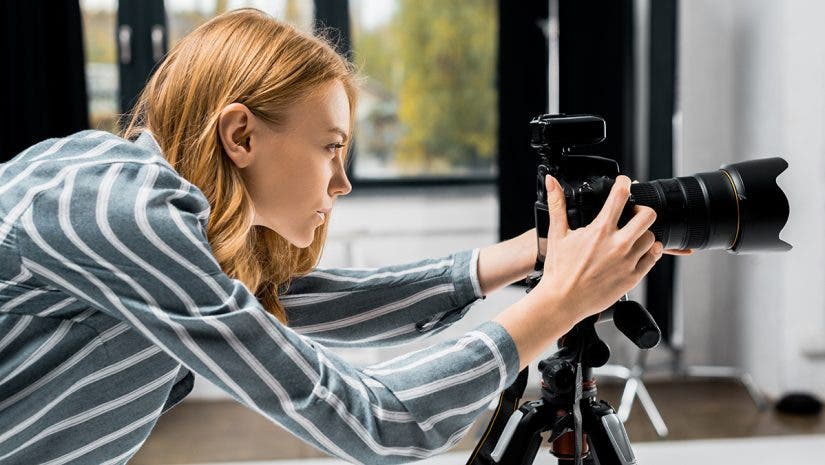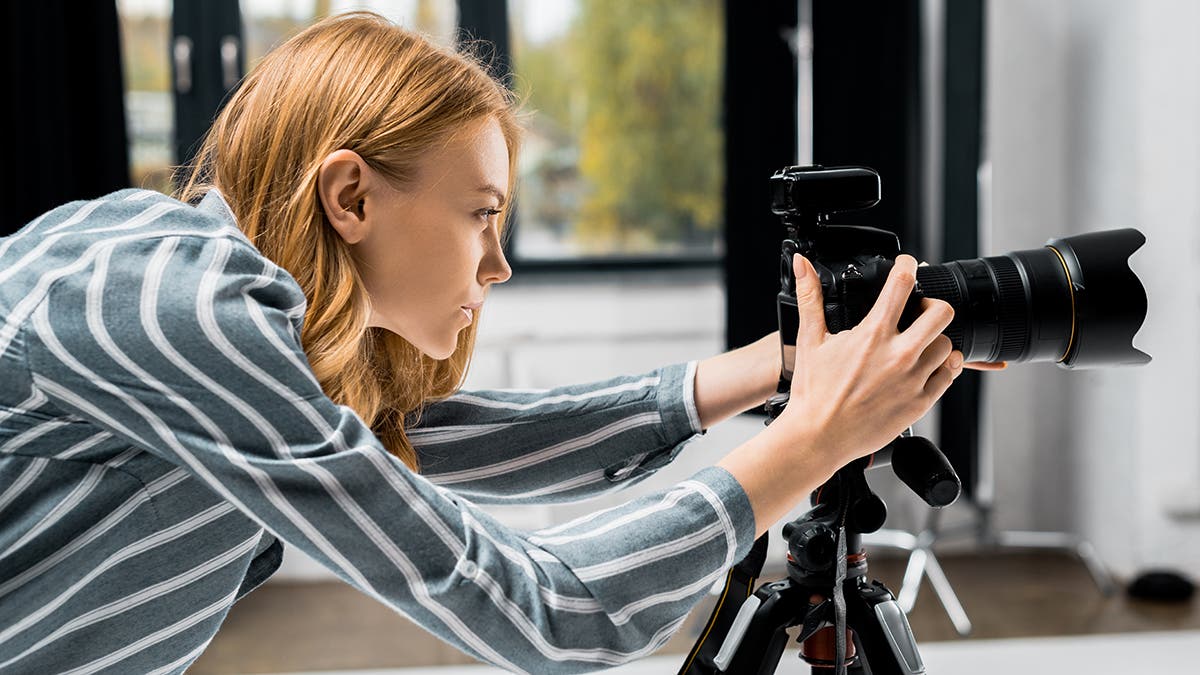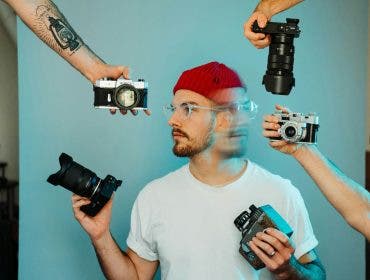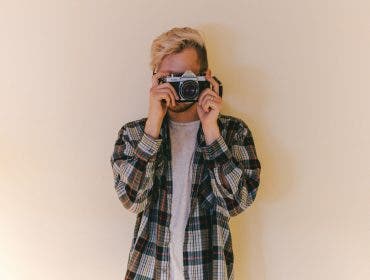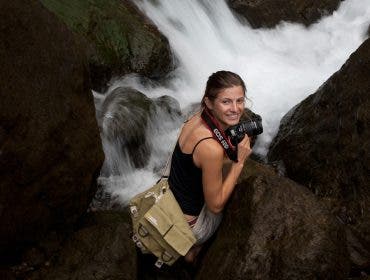Steve McCurry once said, “My life is shaped by the urgent need to wander and observe, and my camera is my passport.” Each photographer picked up a camera for a reason, and it’s a very personal one. But not all of them make the transition from amateur to professional photographer. Some simply don’t want to, but others get lost on the way, confused as to why, although they have a few successful photos, they can’t make it to the other side. To help you make the leap into being a professional photographer, we’ve listed seven steps to get you through all transitional phases with encouragement and support.
Find Your Artistic Voice
Your artistic voice refers to what you want to communicate through your photography and why and how you want to convey this message. It may start with a genre (e.g., you are passionate about fashion photography), a subject matter (e.g., you love nature), a cause (e.g., you want to protect the environment), a personal journey (e.g., you need to give your struggle a form), an aesthetic (e.g., you are fascinated by colors), or any other trigger that makes you pick up a camera and share your emotions with the world.

Finding your artistic voice is the first step on the way to becoming a professional photographer because it provides the skeleton of your work, the blueprint that takes you back to what’s important whenever you get lost and helps you go further whenever you are creatively stuck. At the same time, an authentic artistic voice makes you stand out from the crowd and produce unique photographs. It supports you in creating a narrative and offering the public a cohesive body of work that keeps them engaged and stirs up their feelings.
Study Photographic Composition and Technique
Just because you love photography and have “an eye for it” doesn’t mean you don’t have to study composition and technique. Not to overpower your intuition and artistic expression but to enhance them and provide them with a structure. As they say, get to know the rules so you can knowingly break them later.

There are plenty of photography resources you can use to learn on your own (e.g., books, video tutorials, etc.). However, I suggest you try to get at least one public form of photography education or get coaching from another professional photographer. It may be an in-person class, a bachelor’s or master’s degree in photography, a workshop, or a group online class. This class may help to clear away your blind spots and get peer experience. You get to know people with the same goals as yours, discuss your photographs, share ideas, receive feedback, get used to criticism, and maybe even find common projects.
You will also gain confidence in your own photography skills. This is crucial when you want to win the trust of clients.
Put Together the Essential Gear
In the early stages of your relationship with photography, any camera/lens combo is good. Furthermore, the more difficult conditions you face, the more you learn. For example, using a lens with a focal length less than ideal forces you to get creative. You must adjust camera-subject distance, camera angle, and camera settings to capture a clear, well-exposed image. Using a camera that doesn’t perform well in low-light conditions helps you learn more about lighting design, ISO, and aperture.
However, as a professional, it is assumed you’ve put learning behind you. Further, you are prepared to take sharp, clear, color-accurate, and perfectly exposed photos in any condition. Furthermore, it’s assumed you’d be fast and efficient about it and get the perfect shot in a minimum of tries.
To be able to meet these expectations, you need professional gear. For instance, a camera with a large sensor, a fast frame rate, and a wide dynamic range. Additionally, built-in image stabilization, a fast and precise autofocus system, and support for RAW shooting. You also need a couple of lenses with focal lengths and features suited to your preferred photographic genre. For instance, a macro lens for macro photography, a 50mm lens for street photography, and so on. Furthermore, you’ll need accessories that improve your workflow (e.g., a gimbal head, sturdy tripod for bird photography).

Build a Cohesive Portfolio
Once you have the basics in place – artistic voice, skills, and gear- it’s time to build a portfolio. Try to create a photo series instead of individual photos because it will improve your storytelling skills and add consistency to your work. For example, try to document a walk in the forest and see it as a series of encounters following a temporal line rather than a group of shots with the only connection that they were taken in the same location. Complete each photo series with titles or a short statement to help the viewer understand your work and engage with it.
This will pay off later when you get your first assignment as a corporate photographer, or wedding photographer, where you will likely be met with the expectation to be able to tell a complete story through your deliverables.

Nowadays, most photography portfolios are stored online on personal websites, dedicated platforms, or professional social media accounts. Most of these are free and easily accessible to anyone, so improve your portfolio while improving your work. For example, if the portfolio includes old photos that are no longer relevant to your artistic style, remove them and share only your best work. Managing a portfolio is a continuous task.
Share Your Work in a Professional Environment
An online portfolio by itself doesn’t necessarily reach the right audience. To make yourself known, you need to enter a professional photography environment that fits your style and purpose.
For example, fine art photographs are printed and exhibited in galleries or sold as limited-edition prints. It may help to show your work to a gallery curator, exhibit it in your local art café, or submit it to fine art photography competitions. Commercial photographs are used for advertising and illustrating articles, so share them via stock image libraries.

Look for photography communities with similar interests as you, pitch your work to potentially interested businesses (e.g., real estate agencies for aerial photography), and attend events that relate to your work (e.g., wedding fairs for wedding photography).
Consider the Business Aspects of Being a Professional Photographer
Being a professional photographer is a business like any other business. Whether you prefer a full-time job, freelancing, or starting your own business, you must consider logistic, financial, and legal aspects.
From a business perspective, a full-time job is the easiest approach. You find an employer and deliver the work required in exchange for a fixed salary. It’s easier because you are assigned a project and don’t have to struggle with finding new ideas and paying clients. Creatively, it’s less appealing because you work on a brief and don’t always have the freedom to bring your ideas to life.
Freelancing is next in terms of business difficulty. In this case, you must look for clients and pitch them your ideas or agree to follow their requests. You also need to manage your costs, pay taxes, and make sure the business is profitable. But, artistically speaking, you are free to improvise, follow your creative ideas, and choose jobs that fit your style and values.
A photography business is the most challenging approach but offers the most in terms of creative freedom. You get to do exactly the work you like and sell the result to your clients. The drawback is the business aspects you must attend to. For example, a professional photo studio needs a location, maintenance, and a steady budget to run. A wedding photography business may require traveling, accommodation, and printing photo albums.
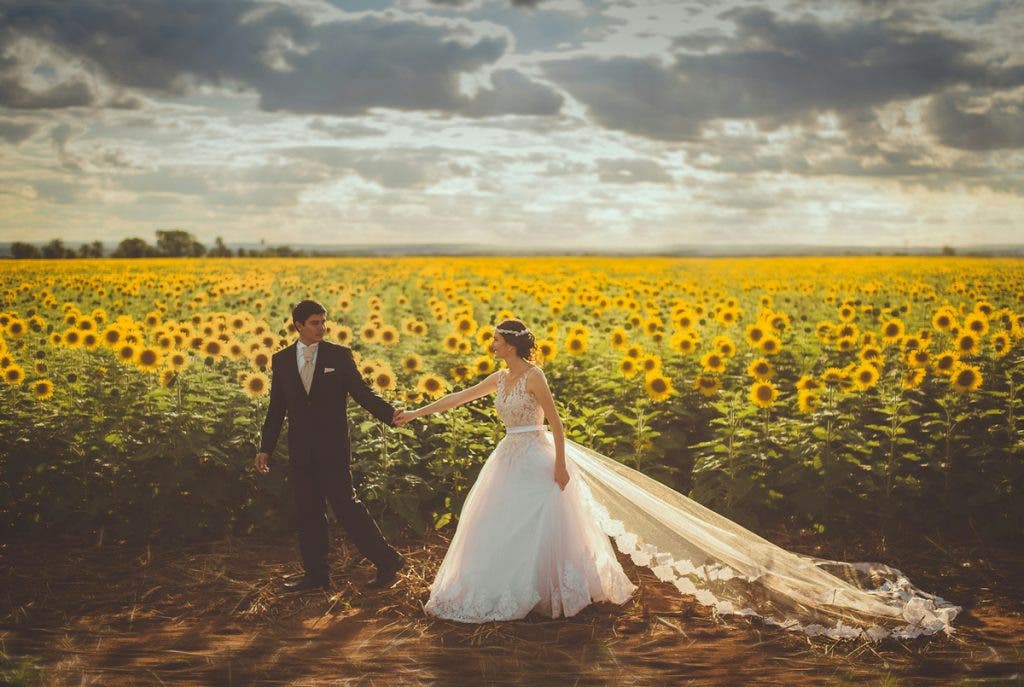
Attract Clients
The final step of becoming a professional photographer is to find clients for your work. Sharing your work in a professional environment and winning a photography competition or two may help a lot in this direction. You can also rely on your personal and professional network to distribute your work and reach out to potential customers.
However, a little bit of marketing doesn’t hurt at this point. For example, you can pay to promote your professional account on social media, hire a digital marketing specialist to help you tackle online algorithms and boost your content, publish announcements in local or online media, or use online platforms, such as Upwork, to sell digital photos, prints, or photography services.

Final Thoughts
Although no one really knows who said it first, “Find a job you love, and you will never have to work a day in your life.” is very good advice. If photography is a passion you can’t live without, transform it into a professional activity and enjoy it full-time. Take it step by step, become more and more professional with each project, and fully commit to the process. The reward will come along before long.
